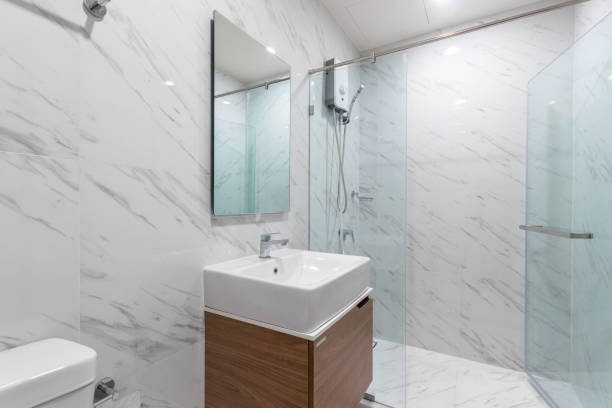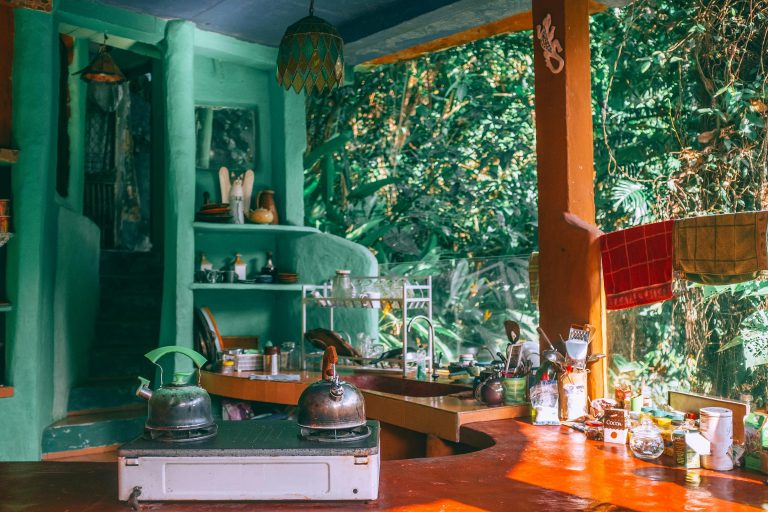Step-by-Step Guide to Creating Stunning 3D House Interior Designs
Introduction
In the rapidly evolving field of interior design, 3D visualization has become an indispensable tool for designers and homeowners alike. This technology allows for the creation of lifelike, detailed representations of interior spaces, enabling better planning and decision-making. The benefits of 3D house interior designs are numerous: they provide a clear vision of the final outcome, help in identifying potential issues early, and enhance communication between designers and clients.
Step 1: Choose the Right 3D Design Software
Selecting the right software is crucial for creating stunning 3D interior designs. Popular options include SketchUp, AutoCAD, and Blender. When choosing software, consider factors such as user-friendliness, feature set, compatibility with other tools, and community support. For example, SketchUp is known for its intuitive interface, while Blender offers advanced rendering capabilities for more detailed designs. Here’s a quick comparison:
- SketchUp: Best for beginners and quick mock-ups.
- AutoCAD: Ideal for detailed architectural plans.
- Blender: Excellent for high-quality renders and animations.
Step 2: Measure and Plan Your Space
Accurate measurements are the foundation of any good interior design. Use laser measuring tools or digital floor plans to ensure precision. Once you have the dimensions, create a scaled floor plan in your chosen software. This step ensures that all elements fit perfectly within the space, avoiding costly mistakes later.
Step 3: Select Furniture and Decor
With the floor plan ready, it’s time to populate your design with furniture and decor. Most 3D design software comes with extensive libraries of 3D models. Choose pieces that complement the style and function of the room. Scale and position each item accurately to maintain the room’s proportions and flow.
Step 4: Experiment with Lighting and Materials
Lighting can dramatically alter the perception of your space. Experiment with both natural and artificial lighting to see how they affect your design. Use your software to simulate different times of day and types of lighting fixtures. Additionally, play with various materials and textures to add depth and realism to your design. For instance, a well-placed spotlight can highlight a textured wall, adding dimension to the room.
Step 5: Create Realistic Textures and Materials
The realism of your 3D design heavily depends on the quality of textures and materials. Source high-quality textures from reputable libraries or create your own. Apply these textures meticulously to ensure they enhance the realism of your 3D models. Pay attention to details like fabric patterns, wood grains, and metallic finishes to create a truly immersive experience.
Step 6: Render and Refine Your Design
Rendering transforms your 3D model into a photo-realistic image. Optimize your rendering settings to balance quality and speed. Use high-resolution textures, proper lighting, and realistic materials to achieve the best results. After rendering, review the image for any areas that need adjustment. Make refinements to lighting, textures, or positioning as necessary.
Step 7: Present Your Design
A professional presentation can make a significant impact. Use high-quality renders, animated walkthroughs, or VR experiences to showcase your design. Create a cohesive presentation that tells a story about the space, highlighting key features and design choices. This will help clients or stakeholders fully understand and appreciate your vision.
Conclusion
Creating stunning 3D house interior designs is a step-by-step process that starts with choosing the right software and ends with a professional presentation. The benefits of using 3D visualization in interior design are immense, from providing a clear vision of the final product to facilitating better communication. By following these steps, you can leverage 3D design tools like those offered by Easy Render to bring your interior design ideas to life. Embrace the technology, experiment with different tools, and continue refining your skills to create breathtaking interior spaces.







